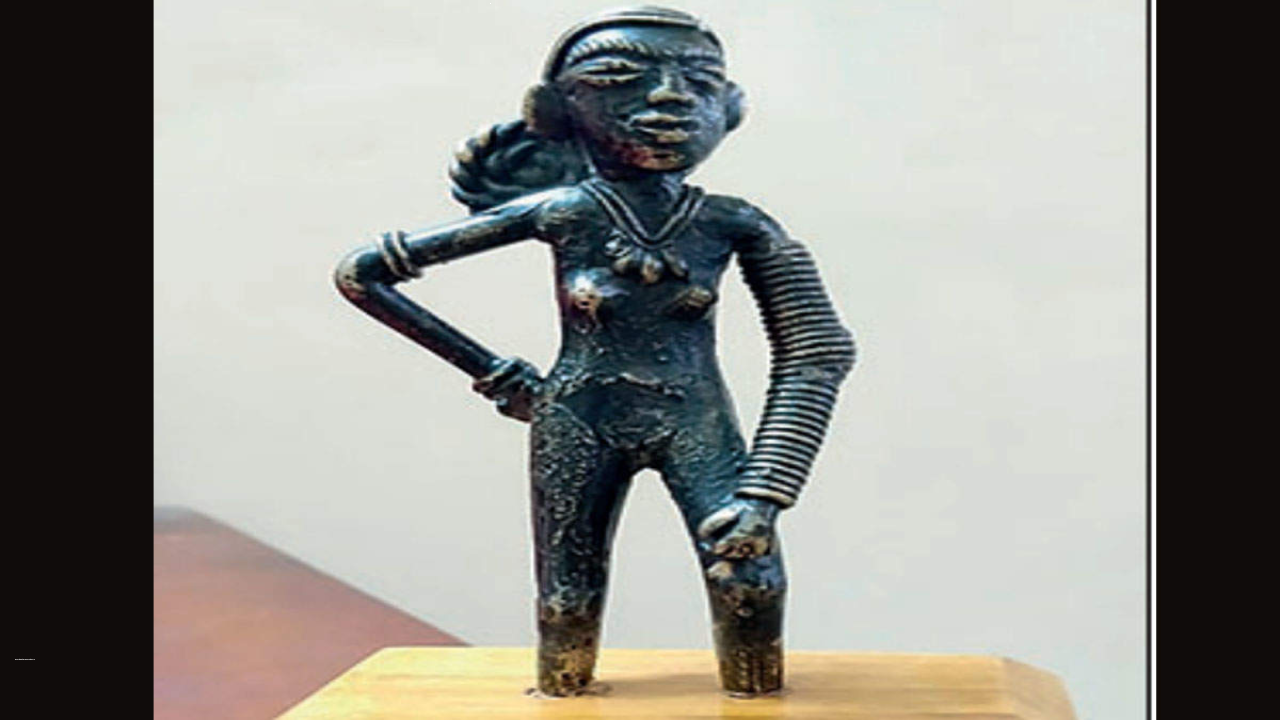Dancing Girl of Mohenjodaro
On International Museum Day, Prime Minister Narendra Modi inaugurated the International Museum Expo, an event that showcased various cultural exhibits and artifacts. Among the highlights was the unveiling of a captivating mascot, the Dancing Girl, which drew both admiration and criticism for its adaptation from the original bronze figurine discovered at Mohenjodaro.
Unveiling the International Museum Expo
Prime Minister Narendra Modi marked International Museum Day by inaugurating the prestigious International Museum Expo. This event served as a platform to showcase a diverse range of cultural exhibits and artifacts, promoting the rich heritage of various civilizations.
Introducing the Dancing Girl
One of the notable attractions at the International Museum Expo was the unveiling of the Dancing Girl mascot. This mascot, inspired by the famous bronze figurine discovered at Mohenjodaro, sparked both praise and controversy. The adapted mascot differed from the original figure in terms of attire, adorning a pink blouse and an off-white waist-coat instead of being depicted in the nude.
The Discovery of the Dancing Girl
The Dancing Girl, an ancient artifact, was discovered at the archaeological site of Mohenjodaro. British archaeologist Ernest McKay unearthed this remarkable bronze figurine during an excavation in the ruins of Mohenjodaro’s citadel. Despite Mohenjodaro becoming part of Pakistani territory after the Partition, the Dancing Girl remained in India as part of an agreement.
The Dancing Girl’s Current Residence
The bronze figurine now finds its home in the National Museum of India, where it mesmerizes visitors as a prominent exhibit. Referred to as the “star object” of the museum’s Indus Civilization gallery, the Dancing Girl continues to captivate individuals with its intriguing historical and artistic value.
Unique Characteristics
Historian AL Basham described the Dancing Girl as having a “lively pertness,” distinguishing it from other ancient civilizations’ artwork. Another admirer, Mortimer Wheeler, director of the Archaeological Survey of India, referred to the figurine as a representation of confidence and self-assurance.
Interpreting the Pose
The pose of the Dancing Girl has led historians to speculate that she may have been a dancer. However, it is important to note that this claim lacks supporting evidence. Some experts argue that the colonial British perception of Indian dancers influenced the label, suggesting an alternative interpretation as a woman carrying an offering.
Significance to Harappan Society
Beyond the debate surrounding the Dancing Girl’s identity, the figurine serves as a testament to the sophistication of Harappan artistry and metallurgy. Its existence showcases the advanced knowledge of metal blending and the intricate lost-wax casting technique employed by the ancient civilization. The presence of such a symbolic and aesthetically crafted artifact suggests the existence of high art and cultural refinement within Harappan society.
Month: Current Affairs - May, 2023
Category: Art & Culture Current Affairs


